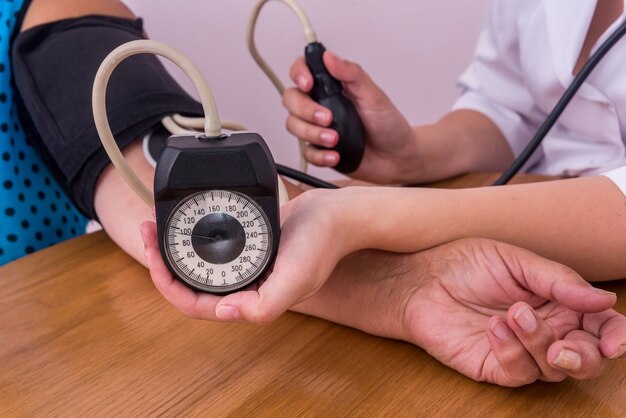Understanding Secondary Hypertension: What You Need to Know
In a world where heart health is increasingly becoming a priority, understanding secondary hypertension is crucial. Unlike the more common primary hypertension, which develops gradually over time, secondary hypertension is characterized by high blood pressure resulting from an identifiable underlying health condition. This condition can be more severe and require immediate attention. The good news? Once the root cause is treated, blood pressure often decreases, improving your overall cardiovascular health.
What Causes Secondary Hypertension?
Secondary hypertension can be triggered by a variety of medical conditions and medications. Some of the most common causes include:
- Kidney Disease: Conditions such as chronic kidney disease or a blockage in the arteries supplying the kidneys can lead to elevated blood pressure.
- Hormonal Disorders: Issues like hyperthyroidism, Cushing's syndrome, or adrenal gland tumors can disrupt hormone levels, affecting blood pressure.
- Sleep Apnea: This disorder causes breathing interruptions during sleep, leading to high blood pressure.
- Medications: Some prescriptions, such as birth control pills, cold remedies, or pain relievers, can inadvertently raise blood pressure.
Secondary hypertension often surfaces suddenly and may cause higher-than-usual spikes in blood pressure compared to primary hypertension.
Recognizing the Symptoms
Unlike other forms of hypertension, secondary hypertension might cause more noticeable symptoms related to the underlying condition. These can include:
- Fatigue
- Headaches
- Vision Problems
- Shortness of breath
If you experience any of these symptoms, a thorough medical assessment is necessary to pinpoint the exact cause and determine the most effective treatment.
The Importance of Treatment
Managing secondary hypertension is not just about controlling blood pressure. Identifying and treating the underlying cause is key to resolving the problem. Effective management may include:
- Lifestyle Modifications: Eating a balanced diet, maintaining a healthy weight, and exercising regularly.
- Medication: Adjustments or introductions of new medications specifically targeting the cause.
- Surgery: In some cases, surgical intervention may be necessary to address the root cause, such as a tumor or arterial blockage.
Addressing secondary hypertension not only improves your day-to-day well-being but also significantly reduces the risk of more severe complications, including heart disease and stroke.
Financial and Educational Resources for Managing Hypertension
Navigating the financial aspects of healthcare can be daunting, especially with a condition like secondary hypertension that may require various treatments. Fortunately, there are several resources that can help alleviate the burden:
- 💼 Government Aid Programs: Look into Medicare or Medicaid options if you qualify, which can cover some medical expenses related to hypertension.
- 🏥 Hospital Financial Assistance: Many hospitals offer sliding scale fees or financial assistance programs for those eligible.
- 🩺 Pharmaceutical Assistance: Some pharmaceutical companies provide programs to help patients gain access to necessary medications at a reduced cost or even for free.
- 🎓 Educational Grants: For those seeking further education in healthcare management and wellness, scholarships and grants can be explored.
- 💳 Credit Solutions: Low-interest medical loans or lines of credit specifically designed for health expenses can be a valuable asset.
Secondary hypertension highlights the importance of proactive healthcare and the need to manage both medical and financial burdens efficiently. By understanding your options and utilizing available resources, you can focus on recovery and maintaining a healthy, balanced lifestyle.

Related Topics
- a 66 Year Old Female With a History Of Hypertension
- Are Eggs Bad For Hypertension
- Are Eggs Good For Hypertension
- Are Endocrine Disorders Causing Hypertension Rare
- Can Adderall Cause Hypertension
- Can Alcohol Cause Hypertension
- Can Allergies Cause Hypertension
- Can Anemci People Get Hypertension
- Can Anemia Cause Hypertension
- Can Antibiotics Cause Hypertension